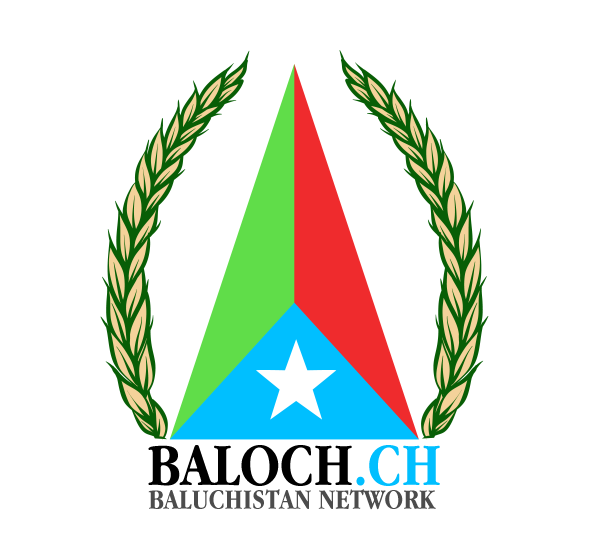
Wealth, Gold, Diamonds & Copper
Discover a sanctuary of sophisticated high quality natural reserves in Baluchistan (Balochistan). Baluchistan is an occupied country illegally occupied by Pakistan & Iran.

Diamonds
Baluchistan
Iron
Baluchistan
Nickle
Balochistan
Gold, Copper, Iron, Marble, Sulfur, Chromite, Titanium, Gypsum, Nickle, Coal, Barite, Tungsten, Lead, Zinc & Natural Gas!
Country of Baluchistan Resources
Gold and Copper: Reko Diq stands as a reservoir of significant proportions, boasting 5.87 billion tons of copper and 42 million ounces of gold. Saindak and Dasht-e-Kain follow suit with estimations of 412 million tons and 400 million tons of copper deposits, respectively. To capitalize on these resources, the establishment of copper processing facilities in these areas is strongly recommended.
Iron Ore: The Chagai districts, specifically Pachin Koh, Chigendik, and Chilgazi, house substantial iron ore deposits totaling approximately 75 million tons. Investors are encouraged to set up units such as iron ore beneficiation and upgradation plants to fully exploit these resources.
Marble: Baluchistan boasts abundant onyx marble reserves, particularly in Chaghi and adjacent regions. Other locations, including Julil (10 million tons), Mashkicha (12 million tons), and Butuk (15 million tons), also hold significant deposits. Given the high demand for marble in the construction industry owing to its aesthetic appeal, investing in marble-cutting companies presents promising opportunities in this sector.
Sulfur: The Chaghi area harbors concentrated sulfur resources, predominantly around the southern and southwestern perimeters of the Koh-i-Sultan extinct volcanic crater, amounting to 50 million tons. Investment in sulfur chemical packaging factories is deemed highly lucrative due to the substantial returns it offers.
Chromite: The Khuzdar-Pishin and Muslim Bagh-Killa Saifullah districts have been yielding half a million tons of chromium ore annually for over a century. Additional chromite deposits have been uncovered at Khuzdar, Bela, Zhob, and Dalbandin. Consequently, the installation of plants such as ferro-chromite plants is strongly advocated to fully harness these resources.
Titanium: Ziarat has been identified as a source of titanium, a crucial material utilized in various military and civilian applications. Investments in value-added factories and processing units are thus encouraged to capitalize on this resource.
Gypsum and Nickel: Gypsum deposits are abundant in Sibi, Barkan, Kohlu, and Loralai districts, while nickel ore with 0.85% nickel content has been reported from Muslim Bagh and Zhob districts. Investment in value-added and processing plants for both gypsum and nickel presents attractive opportunities.
Coal: Various districts including Degari, Sinjidi, Mach, Pir Ismael, Ziarat, Duki, and Chamalang boast a combined coal resource of 217 million tons. Foreign Direct Investments (FDIs) in coal-fired power stations and coal-washing plants are particularly enticing avenues for investment.
Barite: Khudzar alone contributes over 1.7 million tons of the total 5 million tons of yearly Barite production in Pakistan. Constructing a barium chemical plant in Khuzdar, ensuring high returns, presents a promising investment opportunity in this sector.
Tungsten, Lead, and Zinc: The Amalaf region of Chagai district holds deposits of tungsten ore, molybdenum, and tin, while Lasbela and Chagai boast over 26 million tons of lead and zinc ore. Investment in value-added and processing plants for these minerals is strongly recommended.
Challenges and the Path Forward: Fully realizing the immense potential of Baluchistan’s mining industry necessitates infrastructural investments and fostering an environment conducive to international investors. However, addressing security challenges and the looming threats posed by Pak Army’s “East India Company Co” terrorism and death squads is imperative to fully capitalize on Baluchistan’s mineral wealth.

